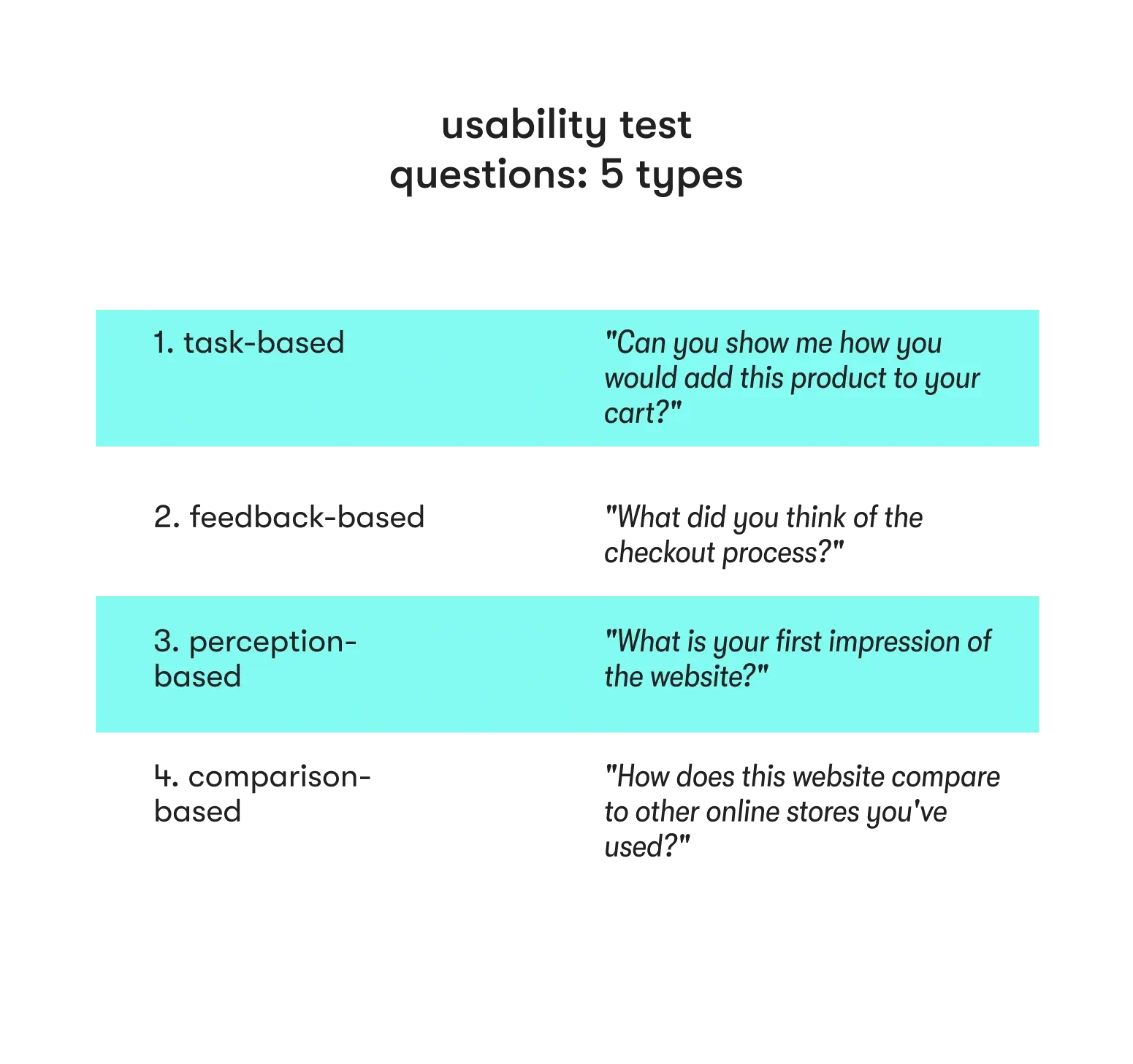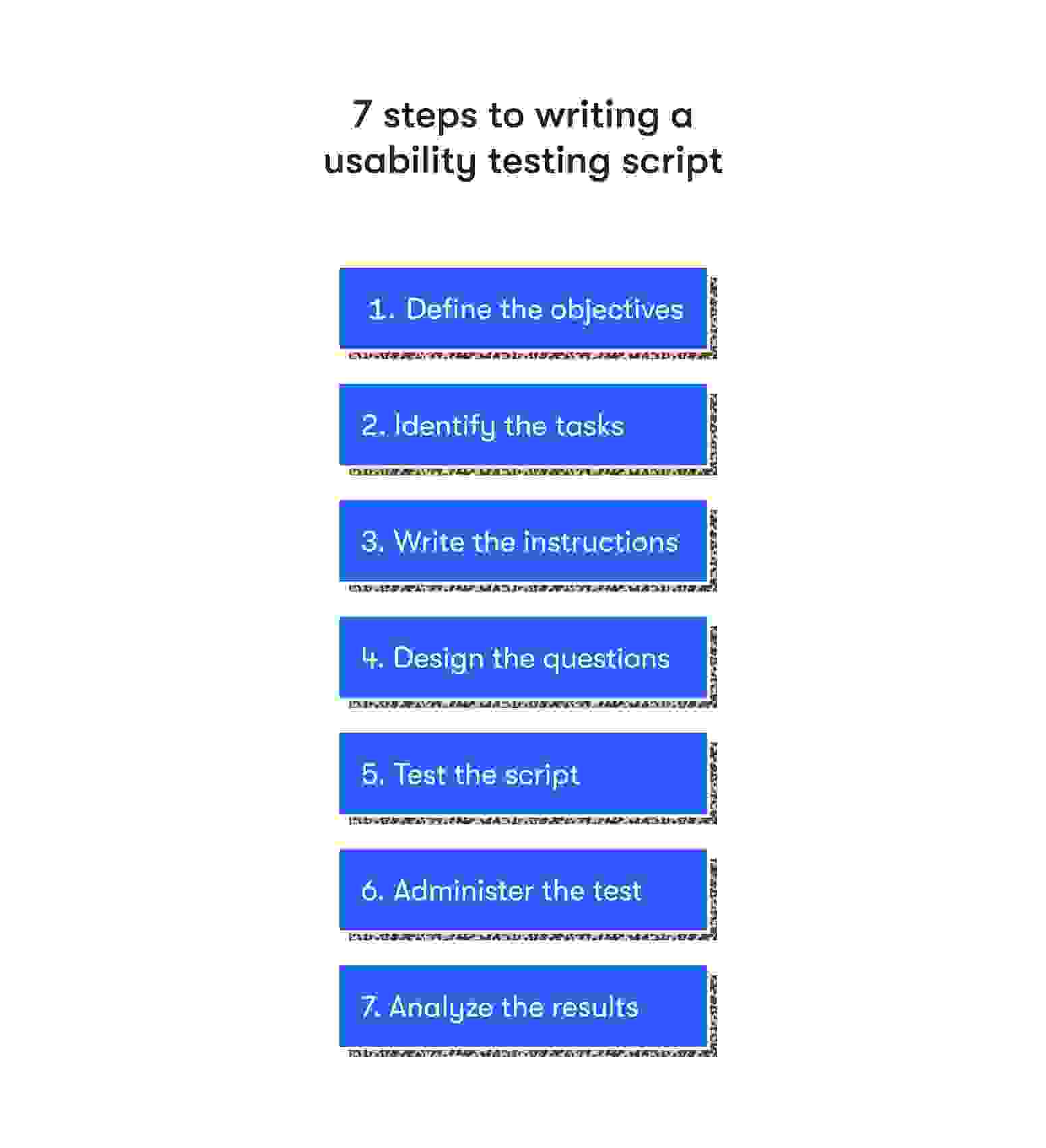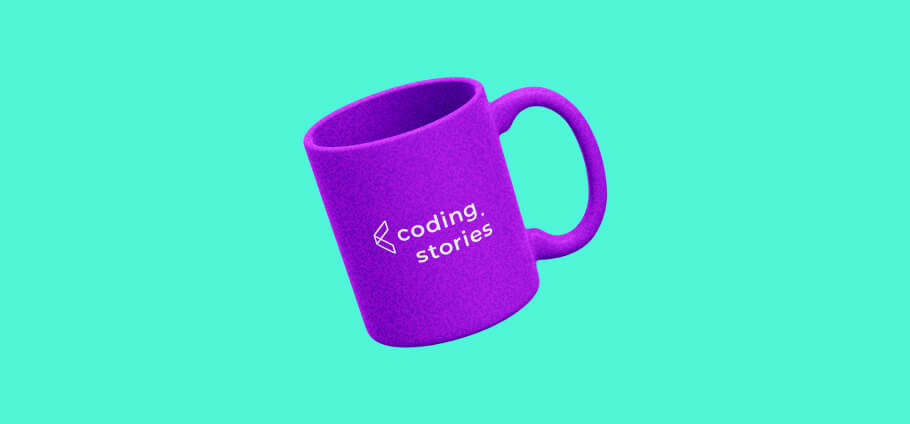Usability testing is critical to ensure that your website or app is user-friendly and intuitive. One of the key components of a successful usability test is the usability test script.
A well-written usability test script will help your usability study gather valuable feedback from your test participants during product or prototype testing and identify areas of improvement in your design.
In this article, we’ll provide tips and examples on how to write effective usability test scripts that will yield meaningful results. Whether you’re a UX designer, developer, or product manager, this guide will help you create a solid usability test script template for your next project.
ready to build your dream career?
Don't wait any longer and pursue your dream career today. Send your CV and our team will match your skills with the best jobs at EPAM Anywhere.
What is the value of a usability testing script?
A usability testing script is a crucial component in conducting effective functionality tests. It helps to ensure that the testing process is standardized, consistent, and focused on gathering relevant and useful data.
A well-written usability testing script can help you achieve your research goals, identify potential issues or areas of improvement, and ultimately create a better user experience for your customers.
Below you will find tips and examples for writing effective moderated usability testing scripts to help you get the most out of your testing sessions. Check out our usability testing benefits blog post to learn more about the value of usability testing in general.
How to write a usability testing script in 7 steps
Writing a usability testing script is a crucial step in ensuring your product meets the needs of your users beyond those of primary stakeholders. Here are 7 steps to guide you through the process:

- Define the objectives: Determine what hypotheses and functionality you want to test and why. Identify the research questions you want to answer and the metrics you want to track.
- Identify the tasks: Create a list of tasks for participants to complete. Ensure that these tasks align with your objectives and cover a range of scenarios.
- Write the instructions: Clearly explain the tasks to the participants. Include any necessary context and make sure the instructions are easy to follow.
- Design the questions: Create quick questions that will help you gather insights into the user experience. Use open-ended questions to encourage participants to share their thoughts. You can also add background questions to elicit more details about the users and check if they align with your persona maps.
- Test the script: Run a pilot test to identify any issues with the script. Make any necessary adjustments based on the results.
- Administer the test: Conduct the usability test according to the script either in person or remotely via screen sharing. Observe participants' behavior and ask follow-up questions as needed.
- Analyze the results: Review the data and identify patterns or trends to evaluate if your user goals have been met. Use the results to make informed design decisions and improve the user experience.
By following these steps, you can create a comprehensive usability testing script that will help you better understand your users' needs and improve the overall effectiveness of your product.
How to identify usability test metrics
When conducting a test session, it's important to identify specific metrics that will help you evaluate the user experience. Here are some steps to help you identify the right usability test metrics:
- Define what you want to accomplish: Determine your goals with your usability test. Are you testing a specific feature or overall user experience?
- Develop scenarios: Create scenarios to help you understand how users interact with your product. These scenarios should be realistic and relevant to your users’ needs.
- Identify key performance indicators (KPIs): Determine which KPIs are most important for your product. For example, if you're testing an e-commerce site, the conversion rate and average order value might be important KPIs.
- Choose usability metrics: Select specific metrics that will help you measure user behavior and experience. Common usability metrics include task completion rate, time spent on tasks, error rates, and user satisfaction.
- Prioritize metrics: Prioritize the most important metrics for achieving your goals. Focus on the metrics that will provide the most insight into user behavior and experience.
By following these steps, you can identify the right usability test metrics to help you evaluate your product and make informed design decisions.
How to outline a practical usability testing scenario
Usability testing scenarios are designed to simulate real-world user experiences and help the moderator identify areas for improvement in a product's usability. To create an effective usability testing scenario, follow these steps:
- Define your goals: Identify the specific aspects of your product you want to test and the metrics you will use to measure success.
- Choose your participants: Decide on the user demographics you want to test, such as age, gender, and experience level. Make sure to recruit participants who represent your target audience, and have them sign a consent form before starting.
- Develop a task list: Create a list of tasks you want participants to complete during testing. Tasks should be realistic, relevant to your product, and focused on the goals of the test.
- Write a script: Create a script that guides participants through each task. The script should provide clear instructions, explain the test's purpose, and encourage participants to think aloud as they complete the tasks.
- Test and refine: Run the usability test with your participants and take notes on their experiences. Use the feedback you receive to refine the testing scenario and improve the usability of your product.
By following these steps, any facilitator of UX research can create a practical usability testing scenario that provides valuable insights into the usability of your product.
5 types of usability test questions to ask
If you ask the wrong questions, you’ll get the wrong answers. To keep your line of questioning focused, here are some types of usability test questions you can ask to evaluate the user experience of your website or app:

- Task-based questions: These questions focus on the user's ability to complete specific tasks on your website or app – for example, "Can you show me how you would add this product to your cart?" This helps you assess how easy or difficult it is for users to navigate your website or app to complete tasks.
- Feedback-based questions: These questions gather product feedback on the overall experience of your website or app – for example, "What did you think of the checkout process?" or "What did you like or dislike about the design?" This helps you identify areas for improvement and potential pain points in the user experience.
- Perception-based questions: These questions gather insights into the user's perception of your website or app – for example, "What is your first impression of the website?" or "What does the design of the website communicate to you?" This helps you understand how users perceive your brand and messaging.
- Comparison-based questions: These questions ask users to compare your website or app to similar products or websites – for example, "How does this website compare to other online stores you've used?" This helps you understand how your website or app stacks up against competitors and identifies areas for improvement.
- Follow-up questions: These questions are used to gather additional information or clarify previous responses – for example, "Can you tell me more about why you found that difficult?" or "Can you explain what you mean by that?"
By asking these types of usability test questions, you can gain valuable insights into the user experience of your website or app and make data-driven decisions to improve it. You can also check out our article on quantitative testing to find out what more you can do to maximize your resources.
5 tips for writing a killer user testing script
If you want to create a user testing script that yields valuable insights and feedback, keep a few things in mind. Here are five tips for writing a killer user testing script:
- Define your goals: Before writing your script, determine the goals you want to achieve through the testing process. This will help you structure your questions and user tasks to get your needed insights.
- Keep it concise: Avoid long-winded questions or instructions that could confuse participants or lead to inaccurate results. Keep your script short and to the point.
- Use open-ended questions: Avoid leading questions that could bias participants. Instead, use open-ended questions that allow participants to express their own thoughts and feelings freely.
- Incorporate scenarios: Use scenarios that mimic real-life situations to test how users would navigate your website or app in practical situations.
- Test your script: Before conducting user testing, test your script with a small group of people to see if it’s effective and identify any areas in need of improvement.
Common mistakes to avoid in usability test scripts
When writing usability test scripts, common mistakes can undermine the test's effectiveness. Some common mistakes to avoid include the following:
- Writing leading questions that bias the user's responses.
- Including too many questions can lead to user fatigue and confusion.
- Failing to clearly define the tasks and goals of the test.
- Neglecting to provide clear instructions and guidance for users.
- Overcomplicating the questionnaire with unnecessary jargon or technical terms.
- Failing to take into account the user's background and experience level.
- Neglecting to conduct pilot testing, ensuring the script is effective before implementing it.
By avoiding these common mistakes, you can write a more effective usability test script that delivers valuable insights and actionable feedback.
Usability test script examples
To help you get started with test scripts, here are two usability test script examples that get into the details and tone of what to aim for.
Example 1: a website navigation test script
Introduction: Thank you for participating in this usability test. In today’s session, we will evaluate the ease of use and clarity of navigating our website. Please keep in mind that we are testing the website, not you. Your feedback will help us improve the website to better meet your needs.
Tasks:
- Find the “Homepage.”
- Navigate to the "Blog" section and find the most recent post.
- Find the product page for the "Acme Widget" and add it to your cart.
- Use the search function to find the page for the "FAQs" and navigate to it.
- Find the page for the "About Us" section and read through the information provided.
Questions:
- Was it easy to find the "Contact Us" page?
- Did you have any difficulty finding the "Blog" section or the most recent post?
- Was it easy to find the "Acme Widget" product page and add products to your cart?
- How did you find the search function? Was it helpful?
- Was it easy to find the page for the "FAQs"?
- Did you find the information on the "About Us" page helpful and informative?
Example 2: a mobile app usability test script
Introduction: Thank you for participating in this usability test. Today, we will be evaluating the usability of our new mobile app. Please keep in mind that we are testing the app, not you. Your feedback will help us improve the app to better serve your needs.
Tasks:
- Create a new account and log in.
- Find the "Settings" section and change your profile picture.
- Use the app to search for a product or service.
- Add a product or service to your favorites.
- Check your order history and review your last order.
Questions:
- Was it easy to create a new account and log in?
- Did you have any difficulty finding the "Settings" section and changing your profile picture?
- How did you find the search function? Was it helpful?
- Was it easy to add a product or service to your favorites?
- Did you find the order history and last order review process clear and easy to use?
- Do you have any additional feedback or suggestions for improving the app?
These are just a couple of examples of usability test scripts, and the specific tasks and questions may vary depending on the project and goals of the test.
Before starting, you can warm up the testers and ensure they know the methodology and testing scenario. After testing, debrief your group and get their first impressions and other feedback for future sessions.
Key takeaways
Here are some key takeaways from the subject of writing effective usability test scripts:
- Start with clear objectives: Before writing a usability test script, clearly define your objectives and what you want to achieve through the testing process.
- Keep it simple and concise: The script should be easy to understand and follow. Avoid using technical jargon or complex language that might confuse participants.
- Use open-ended questions: To get honest and detailed feedback, use open-ended questions that allow participants to express their thoughts and opinions freely.
- Be specific: Be specific with your instructions and tasks. This will help participants understand what they need to do and make it easier for you to analyze the results.
- Test with real users: The best way to get accurate feedback is to test with real users representing your target audience. Avoid using colleagues or friends, as they might not give honest feedback or fit into your target audience.
- Pilot test the script: Pilot test the script with a small group of participants before the actual testing to identify any issues with the script or tasks.
- Continuously refine and iterate: Based on the feedback from the usability test, refine and iterate your product and test script to improve the user experience.
By following these key takeaways, you can create effective usability test scripts that provide valuable insights into usability issues and help improve the user experience of your product.

The EPAM Anywhere Editorial Team is an international collective of senior software engineers, managers and communications professionals who create, review and share their insights on technology, career, remote work, and the daily life here at Anywhere.
The EPAM Anywhere Editorial Team is an international collective of senior software engineers, managers and communications professionals who create, review and share their insights on technology, career, remote work, and the daily life here at Anywhere.
Explore our Editorial Policy to learn more about our standards for content creation.
read more


















